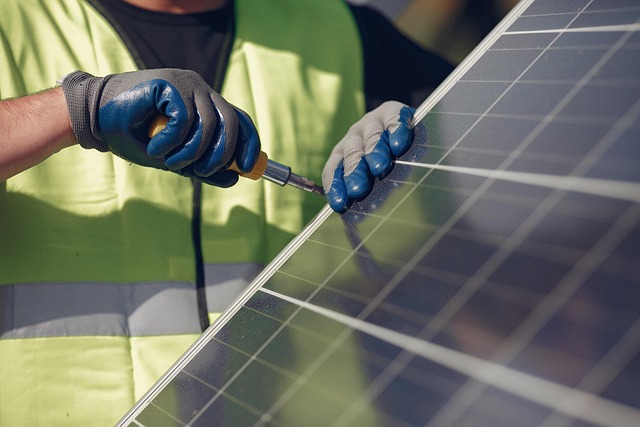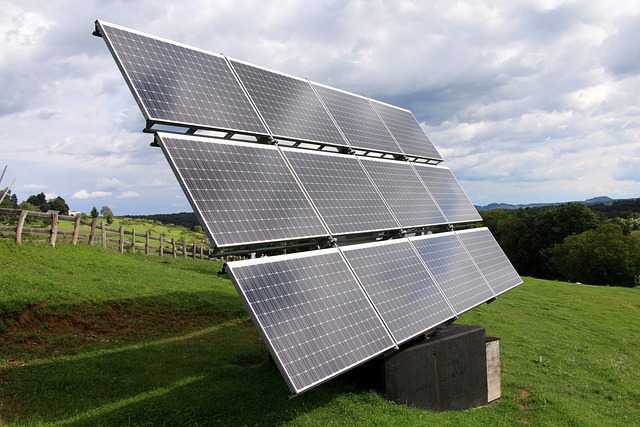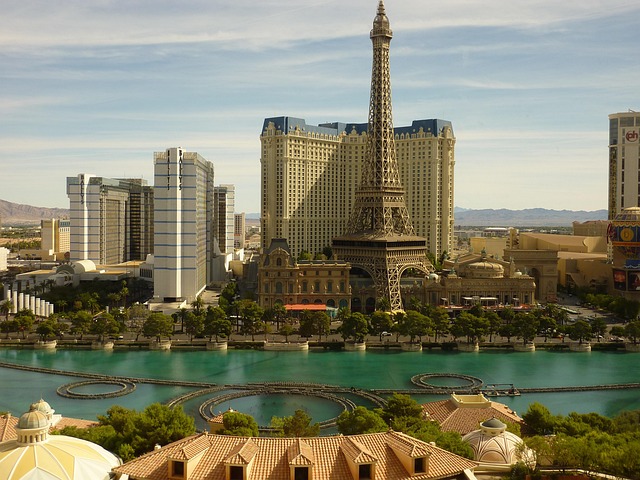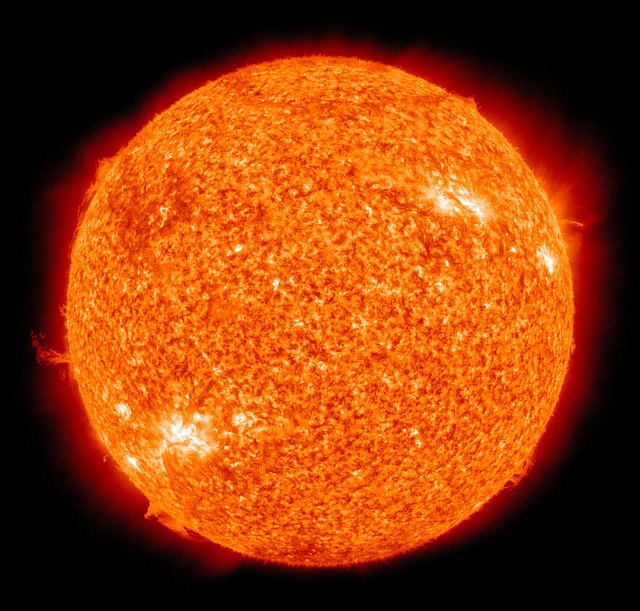Real estate owners and managers can significantly reduce electricity expenses through targeted energy audits focusing on HVAC systems, lighting, appliances, and electrical devices. Upgrading to energy-efficient technologies like LED lighting, smart thermostats, and high-performance insulation leads to long-term savings, increased property values, and enhanced sustainability appealing to environmentally conscious tenants and buyers in the competitive real estate market.
Reducing electricity expenses can be a game-changer for any real estate investor or homeowner. This comprehensive guide explores effective strategies to lower long-term energy costs, focusing on key areas such as assessing energy usage, implementing efficient lighting solutions, and optimizing heating and cooling systems. By adopting these practices, you’ll not only decrease utility bills but also contribute to a more sustainable future in the vibrant real estate market.
Assess Energy Usage in Real Estate
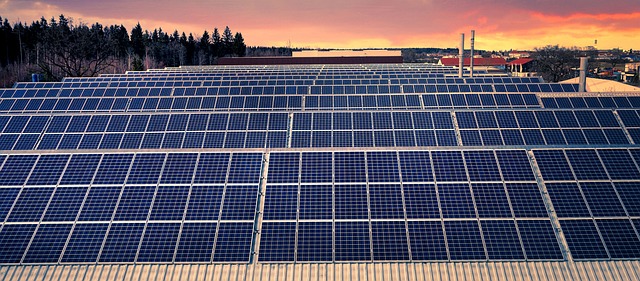
Assessing energy usage in real estate is a crucial step in reducing electricity expenses long-term. Property owners and managers should start by conducting thorough audits to identify areas where energy is being wasted. This involves analyzing the performance of HVAC systems, lighting fixtures, appliances, and other electrical devices. By understanding how much energy each component consumes, it becomes easier to implement targeted upgrades and conservation measures.
In the world of real estate, energy efficiency can significantly impact operating costs and even enhance property values. Smart investments in energy-efficient technologies, such as LED lighting, smart thermostats, and high-performance insulation, pay off over time. These measures not only reduce electricity bills but also contribute to a more sustainable and environmentally friendly built environment, appealing to both tenants and potential buyers.
Implement Efficient Lighting Solutions
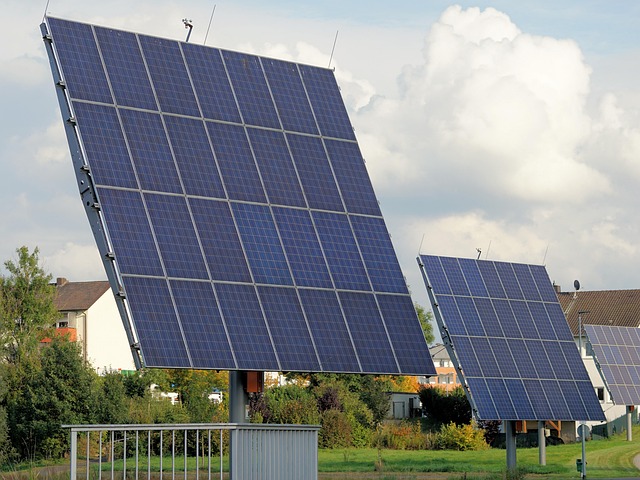
Implementing efficient lighting solutions is a strategic move for any real estate owner aiming to reduce electricity expenses in the long term. Traditional incandescent bulbs are energy-intensive, making them costly to operate over time. LED (Light Emitting Diode) lighting, on the other hand, offers a significant energy efficiency advantage. LEDs use less electricity and have longer lifespans than incandescents, translating to lower utility bills for property owners.
Incorporating smart lighting controls further enhances energy savings. These advanced systems allow you to program lighting schedules, ensuring lights are only on when needed. Motion sensors and dimmers are also effective tools that help optimize light usage, making your space more energy-efficient without compromising comfort or ambiance.
Optimize Heating and Cooling Systems
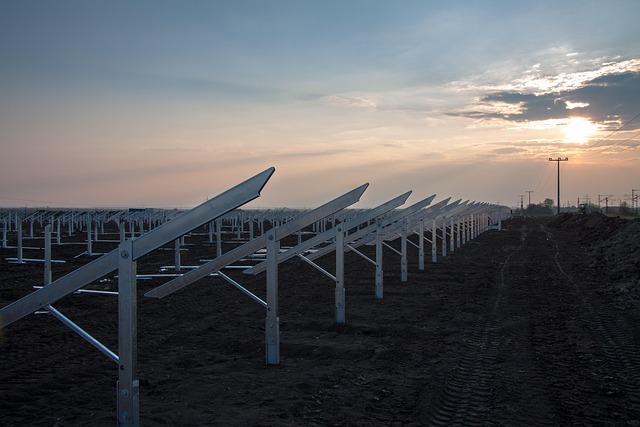
Optimizing heating and cooling systems is a strategic move for both homeowners and real estate investors looking to cut electricity expenses in the long term. These systems often represent significant energy consumption, so upgrading to more efficient models can yield substantial savings. Modern, smart thermostats offer precise temperature control and learning capabilities, automatically adjusting settings based on occupancy and time of day, reducing unnecessary energy use.
Additionally, investing in proper insulation and sealing air leaks can dramatically improve a building’s energy efficiency. This includes sealing windows, doors, and other entry points to prevent warm or cool air from escaping, ensuring the HVAC system doesn’t have to work overtime. In the real estate market, these energy-saving measures not only lower utility bills but also enhance a property’s appeal to environmentally conscious buyers.

